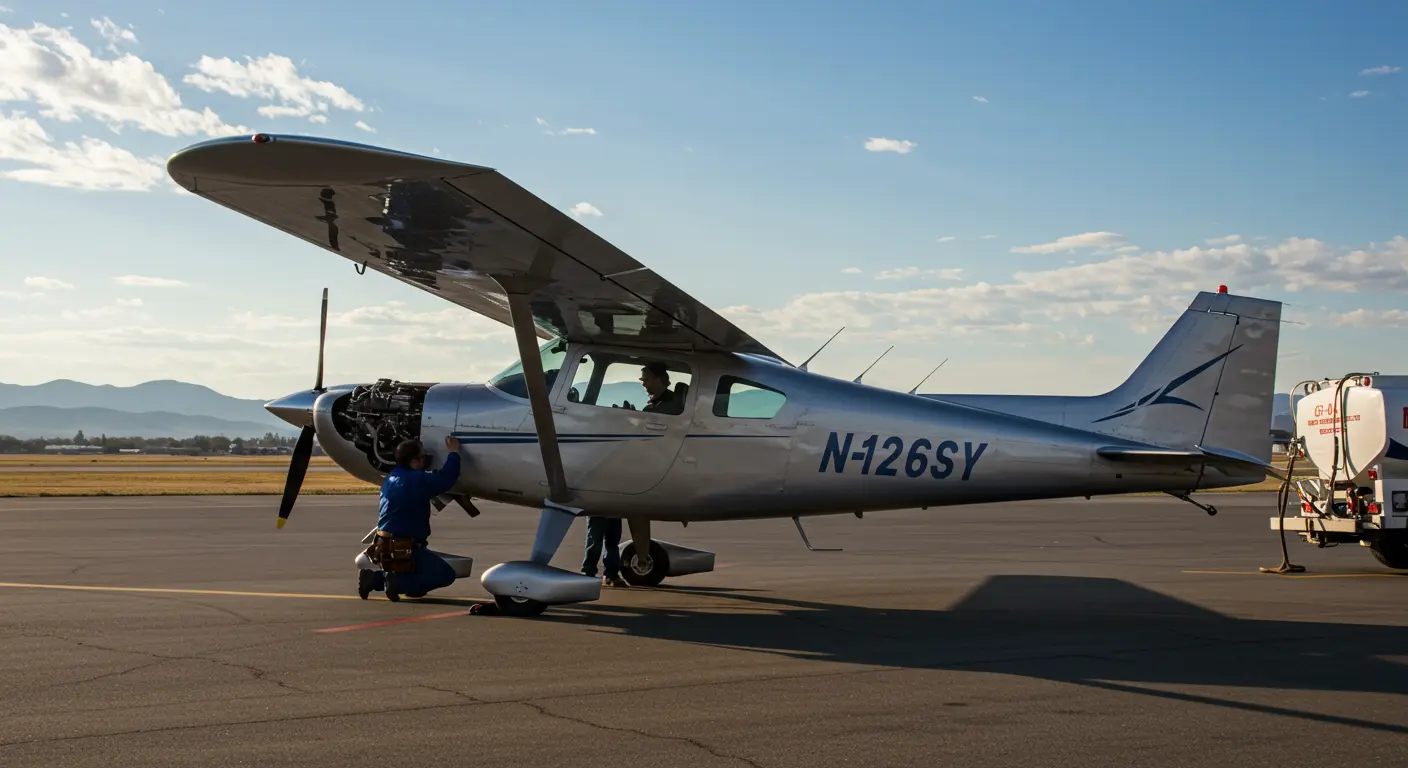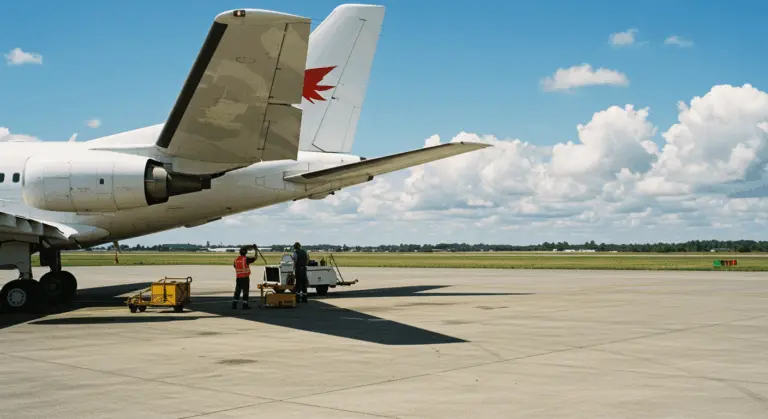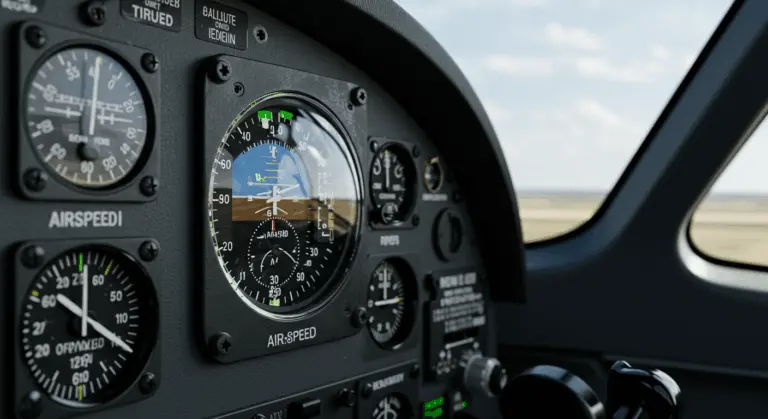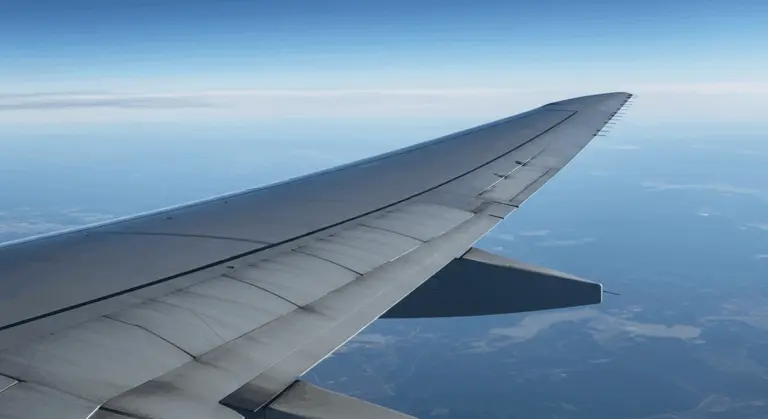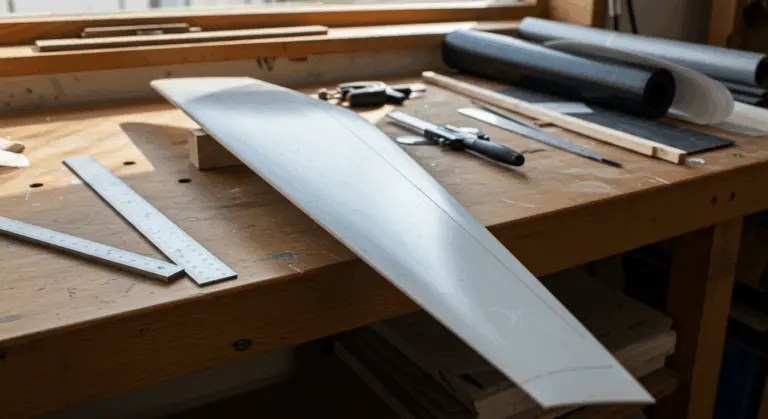Understanding Low Wing Aircraft – Characteristics and Advantages
What are Low Wing Aircraft?
A low-wing aircraft features wings mounted at or below the fuselage—a configuration that excels in performance-oriented flying. This design delivers enhanced maneuverability that pilots immediately notice.
The wing structure serves as robust, integrated housing for landing gear. No external struts cluttering the airframe. No unnecessary drag.
This strategic placement creates a lower center of gravity, improving both stability and agility, while providing pilots superior visibility during turns.
Ground operations become more efficient, as wing-mounted fuel tanks and engines are easier to access for refueling and maintenance.
Characteristics of Low Wing Aircraft
A defining characteristic is their higher wing loading compared to high-wing alternatives. This makes the aircraft highly responsive to control inputs—though it can render takeoffs and landings more demanding for pilots.
Commercial airliners predominantly feature low-wing designs for their aerodynamic and maneuverability benefits during efficient, high-speed cruise. While slightly less inherently stable than high-wing designs, modern control systems compensate for this trade-off.
Advantages of Low Wing Aircraft
Engine access represents a significant operational benefit. Mechanics can service wing-mounted engines without extensive scaffolding, reducing maintenance time and costs—particularly valuable for commercial operators managing tight schedules.
Low-wing designs are inherently aerodynamic, experiencing less drag than high-wing alternatives. This efficiency translates into faster cruise speeds and superior fuel economy—critical advantages for both commercial airlines and private owners watching operating costs.
Commercial aviation widely adopts low-wing designs for several practical reasons:
-
Optimized Layout: The configuration allows for passenger cabins above the wing and cargo holds below, maximizing usable space.
-
Efficient Turnarounds: It facilitates simultaneous passenger boarding and cargo loading, reducing time on the ground.
-
Ground Crew Accessibility: Engines and fuel tanks are easily reached without tall equipment, further speeding up servicing.
Low Wing vs High Wing Aircraft
The fundamental distinction between low wing and high wing aircraft lies in their wing placement relative to the fuselage. Low wing designs position wings below the fuselage, while high wing configurations mount them above. This simple difference creates cascading effects across numerous performance characteristics and operational considerations.
High-wing aircraft exhibit greater inherent stability due to a pendulum effect, naturally returning to level flight. Low-wing aircraft, conversely, leverage their lower center of gravity for enhanced roll performance and agility—making them more responsive but requiring greater pilot attention for stability.
High-wing designs offer superior downward visibility, proving ideal for survey work or challenging terrain landings. Low-wing aircraft provide better upward and forward views—advantageous for traffic scanning and during banking turns where situational awareness becomes critical.
High-wing aircraft offer greater ground clearance, simplifying cargo access while reducing foreign object damage risk on unprepared surfaces. Low-wing aircraft feature shorter, more robust landing gear but may present boarding challenges for passengers.
Low-wing aircraft typically show superior aerodynamic efficiency, achieving higher cruise speeds and better fuel economy. High-wing designs excel at slow-speed handling and short-field performance—making them indispensable for utility operations.
Visibility in Low Wing Aircraft
Visibility is one of the most significant practical differences between low- and high-wing configurations. Low wing aircraft offer distinct visibility advantages and limitations that directly impact pilot experience and operational capabilities.
The primary visibility advantage of low wing designs lies in their superior upward and forward sight lines. With wings positioned below the cockpit, pilots enjoy unobstructed views of the sky above and ahead—which is ideal for traffic scanning, a critical safety factor in busy airspace. This configuration particularly excels during banking turns, where high wing aircraft might experience momentary blind spots as raised wings block views in the turn direction.
However, this upward visibility advantage comes with a corresponding downward visibility compromise. Low wing aircraft wings inherently obstruct portions of ground view, creating potential challenges during ground operations, landing approaches, and when spotting landmarks or terrain features directly below. This limitation becomes especially relevant during flight training scenarios where instructors need clear runway views during landing practice.
Ground visibility limitations extend to preflight operations as well. The lower wing position makes thorough preflight inspections more challenging—often requiring pilots to crouch or kneel to properly examine wing undersurfaces, control surfaces, and fuel sumps. This reduced ground clearance also increases susceptibility to foreign object debris (FOD) intake, particularly when operating from unprepared or poorly maintained surfaces.
Pilots transitioning between aircraft types should remain particularly mindful of these visibility differences. The distinct sight picture from a low wing cockpit requires adaptation, especially when judging height during landing flares or maintaining proper traffic scanning patterns. Many experienced pilots develop specific compensation techniques—such as using slight banking movements to improve ground visibility when needed during critical flight phases.
Aerodynamic Performance of Low Wing Aircraft
The aerodynamic efficiency of low wing aircraft is one of their key advantages. This configuration delivers measurable performance benefits that directly impact flight characteristics and operational economics.
Low wing designs inherently generate less aerodynamic drag compared to their high wing counterparts. This reduction stems from two primary factors: decreased profile drag (resistance created by the aircraft’s shape moving through air) and minimized interference drag (turbulence created where components meet). The wing-fuselage junction in low wing aircraft typically creates cleaner airflow patterns, reducing the turbulent boundary layer that contributes to overall drag.
These aerodynamic advantages result in real performance improvements. Low wing aircraft consistently achieve higher cruise speeds while consuming less fuel—a critical consideration for recreational pilots and commercial operators alike. The efficiency gains become particularly noticeable during long-distance flights where reduced drag’s cumulative effect significantly extends range capabilities or reduces fuel requirements.
The performance benefits extend well beyond straight-and-level flight. The lower center of gravity in these aircraft enhances roll response and maneuverability, making them particularly suitable for aerobatic flying and precision handling scenarios. This characteristic explains why many high-performance aircraft—from fighter jets to business aircraft—predominantly feature low wing designs.
Modern low wing aircraft often incorporate additional aerodynamic refinements that further enhance their performance envelope. These include winglets, laminar flow airfoils, and optimized wing-fuselage fairings—all designed to maximize the inherent aerodynamic advantages of low wing configuration. These design elements work together to create aircraft that deliver superior speed, range, and fuel efficiency compared to equivalent high wing models.
Maintenance Considerations for Low Wing Aircraft
Maintenance requirements represent a significant factor in aircraft ownership and operation costs. Wing configuration plays a crucial role in accessibility and service procedures. Low wing aircraft present distinct maintenance characteristics that operators should carefully consider when evaluating their operational needs.
Access to engines and components varies significantly between wing configurations. In commercial airliners and many general aviation aircraft with low wings, maintenance technicians benefit from easier access to engines and critical components mounted under wings. This accessibility advantage becomes particularly valuable during routine inspections and maintenance at airports, where quick turnaround times are essential. The proximity of these components to ground level eliminates the need for elevated platforms in many maintenance scenarios.
Conversely, accessing the wing’s underside for tasks like fuel system or structural inspections proves more difficult and often requires jacking the aircraft—adding time and complexity to certain maintenance procedures.
For small piston-powered aircraft, overall maintenance requirements remain relatively similar regardless of wing position, with differences primarily related to accessibility rather than complexity. However, the ergonomics of performing these tasks can vary significantly. Maintenance technicians often need to adopt less comfortable working positions when servicing low wing aircraft, potentially affecting labor costs for certain procedures.
Conclusion: The Role of Low Wing Aircraft in Aviation
Low-wing aircraft play an important role of the aviation industry, providing excellent performance and operational advantages across numerous applications.
In commercial aviation, low wing designs dominate—particularly in airline operations where their aerodynamic efficiency results in substantial fuel savings. The configuration also facilitates practical arrangement of passenger cabins above wings while allowing cargo storage below, maximizing fuselage space utilization. Additionally, the accessibility of engines and systems during ground operations enables faster turnaround times at busy airports—a critical factor in commercial aviation economics.
Corporate aviation has similarly embraced low wing configurations, where cabin comfort and system routing considerations take precedence. The lower wing position allows for more spacious cabin interiors without structural intrusions, providing the premium experience expected in business aviation. The superior roll response and handling characteristics also align perfectly with performance expectations in this demanding segment.
While high wing aircraft maintain their dominance in specific operational environments—particularly short runway backcountry flying where ground clearance and downward visibility are paramount—low wing designs continue to excel in performance-oriented applications. Their natural stability in turns, reduced drag profiles, and superior maneuverability make them ideal for training aircraft focused on developing advanced piloting skills.
As aviation technology evolves, the inherent efficiency and structural benefits of low-wing designs ensure their continued relevance. They remain established as a vital component of the global aviation ecosystem.

